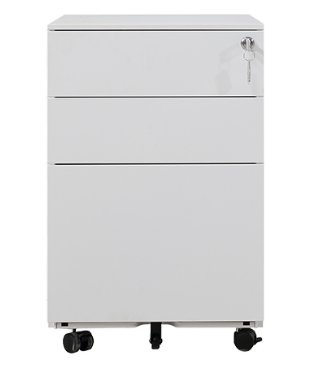According to a report from Toronto Online, the Ottawa Hospital Research Institute (OHRI), the University of Ottawa, Jennerex, and several other research institutions have recently published articles in the famous scientific journal Nature The positive results of the first clinical trial of oncolytic virus anticancer therapy. The experimental results show for the first time that the anti-cancer virus that enters the human body by intravenous injection can continue to spread and spread in the tumor without harming normal human tissues. This is also the first experimental proof that the foreign-targeted genes showed selective tumor response after intravenous injection. 23 patients participated in this clinical trial (of which 7 were from Ottawa Hospital). These patients are in advanced stages of cancer, cancer cells have spread to multiple organs throughout the body, and have lost response to general therapy. Each patient received an intravenous infusion of a virus called JX-594 at the beginning of the experiment, grouped at five different dose levels, and received a biopsy after 8 to 10 days. In the two groups that received the highest and second-highest injection doses, 7 out of 8 (87%) in each group had anti-cancer virus replication in their tumors, but not in normal human tissues. All patients showed signs of selective tumor response to foreign targeted genes that were attached to the virus to help detect the virus. The experiment also showed that JX-594 virus can survive in different doses of injection, the most common side effects are mild to moderate cold-like symptoms, and the duration does not exceed one day. Office filing cabinets are made of sheet metal and wood. The drawers usually use a drawer slide to facilitate opening the drawer which includes an "outstop" to prevent the drawer from being pulled completely out of the cabinet. To open a drawer on most metal filing cabinets, a small sliding mechanism known as a "thumblatch" must be pressed to release and open the drawer. Each drawer has a handle to grip and pull the drawer with. On the front face of each drawer, there is usually a label holder to allow the user to identify the contents of the drawer. Many file cabinets incorporate a keyed lock to prevent unauthorized access to the documents being stored. There are two types of locks. A "cam lock" is activated with a key that rotates the lock. A "plunger lock" is opened with a key but can be closed by merely depressing the body of the lock. The plunger lock allows a user to quickly close and lock several cabinets in a short amount of time. Some file cabinets have a metal plate or wire structure at the back of each drawer which is known as a follower block. The follower block can be adjusted forward to reduce the length of the drawer so that the file folders contained within remain upright and at the front of the drawer for easier access. Office Filing Cabinet With Drawers, Sidekick File Cabinet, Pedestal Mobile Cabinet Ningbo YINGBOTE Trading Co.,Ltd , http://www.intelligentoffice-cn.com

"Nature" magazine published results of clinical trials of Canadian anti-cancer therapies
